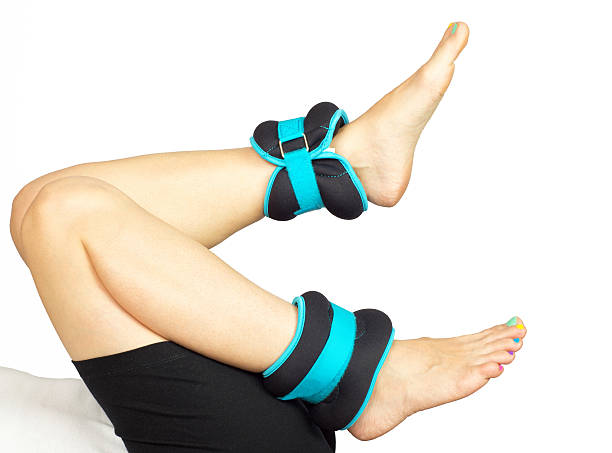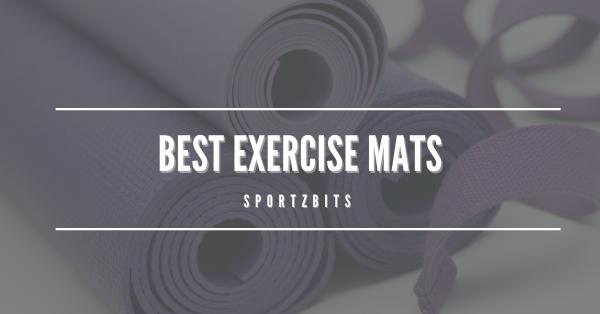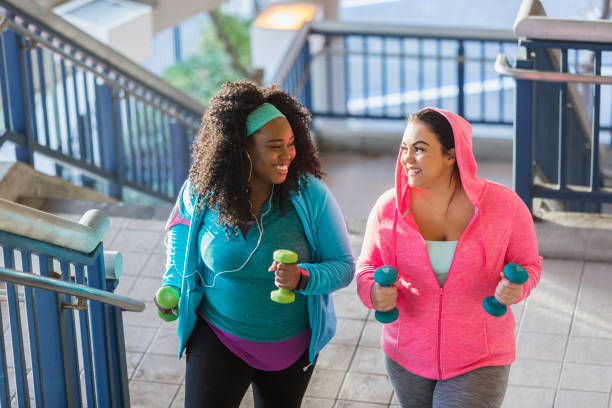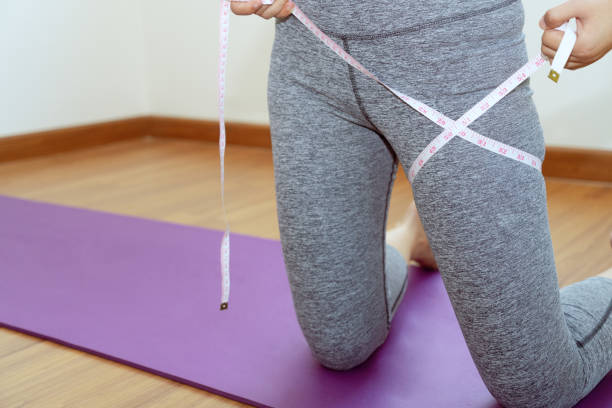Have you ever pondered the truth about losing weight and building muscle? Is a calorie merely a calorie? What is the necessary quantity for weight loss, and how many are required for muscle growth? Have you ever wondered how long it takes to see results from exercise routines or diet plans? This article addresses all these questions.
It will discuss the facts, tips, and results of several different approaches to weight loss. It will also explain why people fail to lose weight and gain muscle. The information in this article can help anyone who wants to lose weight and build up their body.

The first thing that we want to talk about is the difference between fat and muscle mass.
Fat is a type of energy storage unit found inside our bodies—muscle, on the other hand, stores more calories than fat does. When someone loses weight, they usually lose body fat and muscle mass. This means that when you start working out again after being inactive for a while, it’s going to be harder to gain back those lost pounds because you have less muscle mass to work with. If your goal is to get rid of excess belly fat, losing some muscle will not do much good. It would be best if you focused on building lean muscle instead.
Also read: How To Lower Body Fat Percentage
Some Facts About Weight Loss and Muscle Gain
With as many weight loss and muscle gain myths as there are, the truth about what works is becoming more and more difficult to figure out. So we’re here to help.
Here are the facts:
There is no such thing as spot reduction; you cannot target fat or lose fat in a specific area of your body (so don’t be discouraged if you check the scale and notice that your hips and thighs weigh more than your stomach).
You can only reduce overall body weight by reducing calories consumed from all sources. This means eating fewer calories each day. If you want to burn off those extra pounds, you need to eat less and exercise more. The best way to do this is through dieting and exercising together. You will have to make some changes to how you live your life to achieve these goals. But it’s worth it!
You may also check this out: How Many Calories Do 100 Jumping Jacks Burn?

Calorie Deficit
Many people believe that they must burn more calories than they consume to lose weight. This is not necessarily true and can hinder your efforts to lose weight.
Here’s a quick guide to the key points of maintaining a calorie deficit with muscle gain in mind:
- If you are trying to lose weight while preserving muscle, you will need a calorie deficit of 20%. That means if you eat 2000 calories per day (or less), then you should be burning around 400 excess calories each day by doing cardio or strength training. This is simple – when we exercise our muscles, we use up energy stores called glycogen stored in the liver and muscles themselves.
- When we don’t have enough glycogen available, we start breaking down protein into amino acids to make new proteins from them. This process requires more energy than just eating carbs directly. So if your goal is to preserve as much lean mass as possible, it’s best not to go too low on total daily caloric intake.
- Even though a calorie deficit of 500-600 per day will help you lose fat faster, it won’t necessarily mean that you’ll get stronger at all. The reason for this is that when you’re losing weight through dieting, there isn’t any muscle tissue being broken down or used up by the body. As such, even with a calorie deficit, you may still be able to maintain strength and power while losing body fat. However, to maximize fat loss and gain muscle size and strength, you need to eat fewer calories overall (and therefore consume fewer carbohydrates).
Also read: Do These Chest Exercises at Home to Build Up Muscles

Weight Loss vs. Muscle Gain
Weight loss and gaining muscle are two important aspects of weight management. While it is sometimes hard to know when your body is burning body fat versus building muscle, it is important to know the difference to maximize the results of your fitness routine.
Exercise can be used for weight loss and gaining muscle, but not all exercises will work for both purposes. For example, cardio exercise such as running or cycling burns more energy than resistance training like lifting weights; however, this activity also builds lean mass, which helps with reducing excess body fat.
For your cardio exercise: Best Treadmills for Running
On the other hand, strength training increases muscular endurance while decreasing overall body size. This means that if you want to lose weight, then a combination of aerobic and anaerobic activities (such as walking) may help reduce the total calories burned per day. However, strength training alone would suffice if your goal is to build muscles without losing weight.
The bottom line? Exercise can be beneficial for both health and appearance purposes. The key is finding what works best for you!

Cardio vs. Weight Training
Weight training works like a key to a healthy lifestyle, but many people find it difficult to find the time. If you cannot find the time to make it to the gym, you can still do some things at home—warm up by stretching and focus on larger muscle groups, such as the core and thighs.
It is important to perform cardio before or after weight training or other exercises when performing cardio. This will help avoid exhaustion and injury. Cardiovascular exercises include running, swimming, biking, walking, etc., while strength training includes lifting weights, using resistance bands, making pushups, pull-ups, squats, lunges, planks, crunches, situps, leg lifts, etc.
You may also like: Best Power Racks and Squat Racks for Home Gym

Tips for Weight Loss
To lose weight, follow these tips:
- Don’t drink calories
- Eat veggies first
- Cut back on sugar
- Eat protein with every meal
- Exercise regularly
- Take the stairs instead of the lift or escalator
- Chew slowly
- Eat foods high in fiber
Tips for Gaining Muscle
Weight loss and muscle gain are two terms that should not be mutually exclusive. They should be a part of a healthy lifestyle. Here are tips for making this happen:
- Consume at least 1 gram of protein per kilogram of body weight.
- Include resistance training to increase testosterone levels and optimize muscle growth.
- Mind your food intake. Eat carbs before or after exercise to replenish glycogen stores.
- Drink plenty of water during your workout sessions. This will help you stay hydrated and avoid dehydration, leading to fatigue and decreased performance.
- Avoid alcohol consumption while building muscles because it may cause liver damage.
- Cut down on caffeine intake. Caffeine is known to decrease the effectiveness of anabolic steroids by blocking their receptors in the brain. It also causes anxiety and insomnia.
- Don’t overdo cardio workouts, as these could deplete energy reserves that would otherwise go towards building muscle mass. Instead, focus more on strength training exercises like squats, deadlifts, bench presses, etc. These are proven to be effective for increasing lean body mass.
Related read: Best Creatine for Muscle Growth and Cutting

How to Exercise
Being healthy and in shape is a goal shared by many people. The truth is that it’s been proven that exercise doesn’t always lead to weight loss, but not exercising can lead to weight gain and obesity. But what about muscle gain? It turns out exercise does help with muscle growth, and the muscles you work on your body stay on your body!
Muscle Workouts
It is a common misconception that muscle mass depends on the weight you can lift. In actuality, muscle is built based on force and frequency. It’s about how much work you put into your muscles on a particular day, not just how much weight you use.
To build up your muscle without losing too much fat, it is important to have a workout with low-resistance and high-resistance exercises. Low resistance means using light weights or no weights at all. High resistance means lifting heavyweights. Combining these two types of workouts will allow more gains than either one alone.

Low Resistance Exercises
These are movements where there is little to no resistance involved. Examples include pushups, pull-ups, squats, lunges, etc. You can do as many repetitions as possible during the exercise. This type of training allows you to focus on technique rather than strength. It also helps build endurance because your body has less work to do when doing this kind of movement.
High Resistance Exercise
When performing high resistance exercises, you should use heavier weight loads that require greater muscle force to complete an exercise. The goal here is to overload and fatigue the muscles, becoming stronger over time. High-resistance exercises will help improve muscular size and shape while building strength. They’re great for those who want a more defined look or if you have limited mobility due to injury.
Cardio Exercises
Weighing your food, counting your calories, and doing lots of cardio exercises to lose weight is not the best way to do it. You don’t have to starve yourself or do hours of cardio a day. It’s not about how much you exercise, but what type of exercises you are doing.
Cardiovascular training should be done in moderation as well. If you’re looking to burn fat, focus on high-intensity interval training (HIIT), which involves short bursts of intense activity followed by rest periods. This helps build muscle mass at the same time while burning body fat. HIIT can also help improve endurance levels if you want to work on it.
Conclusion
In conclusion, gaining muscle and weight loss are necessary to have a healthy lifestyle. It is important to stay consistent with workouts and a healthy diet.
Keep your consistency going for a healthier lifestyle, but don’t let that stop you from having fun!





